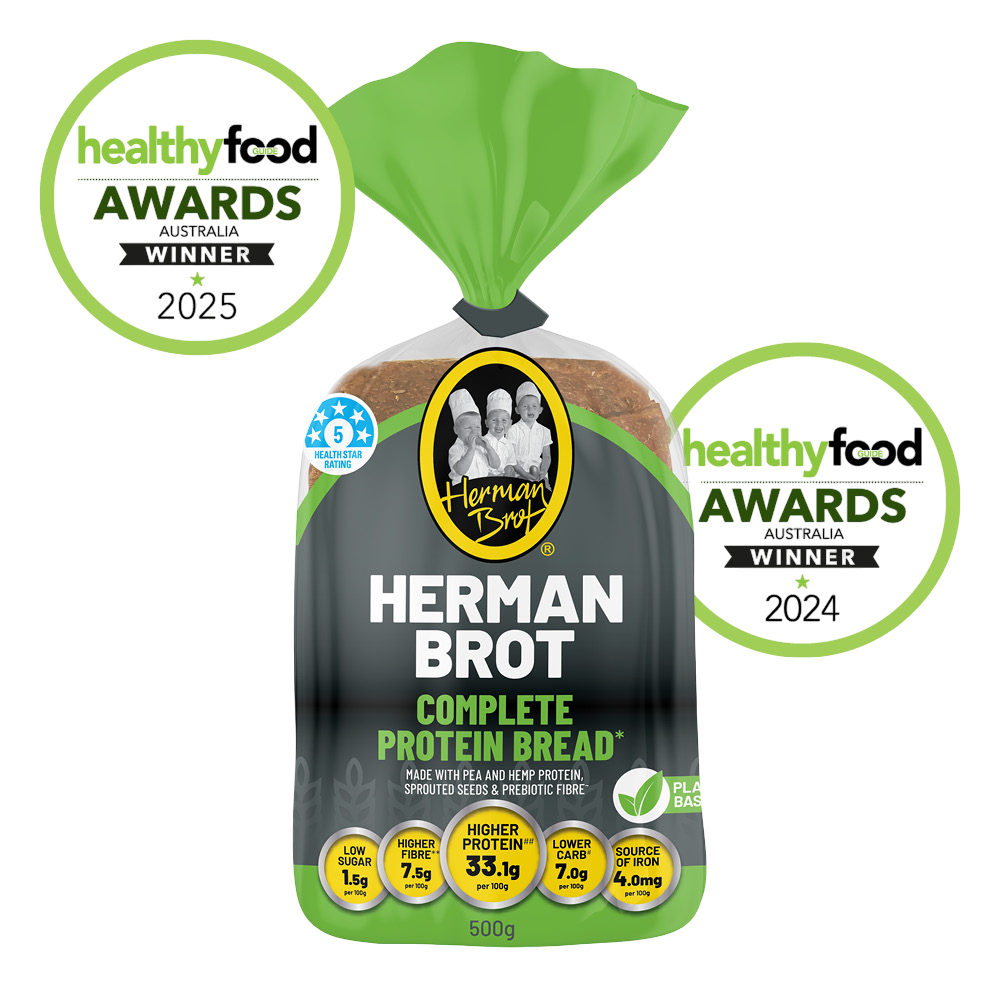The Rise of Bread: How It's Replacing Meat As A Protein Source

IS MEAT GETTING TOO EXPENSIVE?
The Rise of Bread: How it’s Replacing Meat as a Protein Source
Meat has long been considered the go-to protein source for many people. However, there are several problems with relying solely on meat for our protein needs. Firstly, meat is often high in saturated fat, which can lead to heart disease, stroke, and other health problems. Secondly, the production of meat is incredibly resource-intensive, with a significant impact on the environment. The amount of land, water, and feed required to produce meat is far greater than that required to produce plant-based protein sources like bread. Additionally, animal agriculture is responsible for a significant amount of greenhouse gas emissions, contributing to climate change.
Aside from these health and environmental factors, the cost of meat protein can vary depending on several factors and there’s no denying that right now with many consumers struggling with the increasing cost of living, buying good quality meat is sometimes not an option.
As a result, many consumers are choosing budget over health and omitting protein from their diet. They are therefore not meeting their daily protein requirements.
Bread: A protein alternative worth considering?
In recent years, there has been a significant shift in the way we view our protein sources. Where once meat was king, we are now seeing a rise in the popularity of bread as a viable alternative. With more and more people adopting a plant-based diet, bread is becoming a staple in many households as a protein-rich source of sustenance. But why are we turning away from meat and towards bread? The answer lies in the health benefits and sustainability of bread. Not only is bread high in protein, but it is also low in fat and calories. Additionally, bread is much more sustainable than meat production, with a significantly lower carbon footprint. So, whether you're a vegetarian, vegan, or simply looking to make healthier and more sustainable food choices, bread is a delicious and nutritious option that's here to stay. In this article, we'll explore the rise of bread as a protein source and why it's becoming the new go-to for health-conscious consumers.
Benefits of High Protein Bread
The consumption of high protein bread is beneficial in many ways. Here are some of the advantages of including high protein bread in your diet:
### Helps Build and Repair Muscles
Protein is essential for building and repairing muscles, and consuming high protein bread is an excellent way to increase your protein intake. When you engage in physical activity, your muscles undergo stress and require protein to repair and rebuild. High protein bread can help ensure that your body will have enough protein to support muscle growth and recovery.
### Helps Boost Metabolism
High protein bread can also help boost metabolism. Protein requires more energy to digest than carbohydrates, which means that your body will burn more calories when breaking down protein-rich foods. This process is known as the thermic effect of food. Including high protein bread in your diet can help increase your metabolism, which can lead to weight loss or management.
### Helps Regulate Blood Sugar
High protein bread can also help regulate blood sugar levels. When we consume carbohydrates, they are broken down into glucose, which enters the bloodstream and raises blood sugar levels. However, when we consume protein along with carbohydrates, it slows down the absorption of glucose into the bloodstream, which can help prevent spikes in blood sugar levels.
Factors to Consider While Choosing High Protein Bread
When choosing high protein bread, there are several factors to consider. Here are some of the things to look for:
### Ingredient List
When choosing high protein bread, it's essential to check the ingredient list. Look for bread that's made from whole grains and free from artificial preservatives and flavours. Avoid bread that contains added sugars or high fructose corn syrup.
### Protein Content
Make sure to check the protein content of the bread. Look for bread that contains at least 4-5 grams of protein per slice. Higher protein content will help ensure that you're getting a sufficient amount of protein from your bread.
Herman Brot breads are a standout on the bread shelf when it comes to protein:
Herman Brot Complete Protein bread contains over 12g protein per slice.
Herman Brot’s Lower Carb High Protein bread contains over 11g protein per slice
Herman Brot’s Lower Carb Higher Protein Sourdough contains over 8g protein per recommended 65g serve.
### Glycemic Index
Consider the glycemic index of the bread. Look for bread with a lower glycemic index to help regulate blood sugar levels and prevent energy crashes. Many bread companies don’t display the GI figure on their packaging and consumers have to go searching for this important figure.
Herman Brot are proud to say that their GI figures are displayed front of pack!
The environmental impact of bread as a protein source
Bread production has a significantly lower environmental impact than meat production. The amount of land, water, and feed required to produce bread is far less than that required to produce meat. Additionally, the production of bread generates far fewer greenhouse gas emissions than animal agriculture. This makes bread a more sustainable protein source than meat.
Bread as a sustainable protein alternative
Bread is a sustainable protein alternative that can help to reduce our reliance on meat and other resource-intensive protein sources. By incorporating more bread into our diets, we can reduce our environmental impact and promote more sustainable food choices. Additionally, bread is a versatile and delicious food that can be used in a variety of recipes to increase their protein content.
Bread-based recipes that are high in protein
Bread can be used in a variety of recipes to increase their protein content. Here are a few examples:
### Avocado toast
Avocado toast is a popular breakfast dish that can be made by mashing avocado onto a slice of bread and topping it with salt, pepper, and other seasonings. To increase the protein content of avocado toast, you can add toppings like sliced hard-boiled eggs, smoked salmon, or crumbled feta cheese.
### Grilled cheese sandwich
Grilled cheese sandwiches are a classic comfort food that can be made by melting cheese between two slices of bread. To increase the protein content of grilled cheese sandwiches, you can use high-protein cheeses like mozzarella, cheddar, or Swiss.
### French toast
French toast is a breakfast dish made by soaking bread in a mixture of eggs, milk, and cinnamon and then frying it until golden brown. To increase the protein content of French toast, you can use whole wheat bread and add toppings like sliced almonds or Greek yogurt.
Check out our Herman Brot website – www.hermanbrot.com.au for some more recipe ideas.
The future of bread as a protein source
As more and more people adopt plant-based diets and look for more sustainable food options, bread is likely to become an increasingly popular protein source. Bread is already a staple in many households, and its nutritional benefits, versatility, and sustainability make it an attractive option for health-conscious consumers. Additionally, as technology advances and new types of bread are developed, we may see even more innovative uses of bread as a protein source in the future.
Conclusion
High protein bread is an excellent way to increase your protein intake and support muscle growth and recovery. It can also help boost metabolism, regulate blood sugar levels, and promote satiety. When choosing high protein bread, be sure to check the ingredient list, protein content, and glycemic index. Try incorporating high protein bread into your diet by using it for toast, sandwiches, or French toast. With the information and recipes provided in this guide, you can make informed choices and enjoy the benefits of high protein bread.




